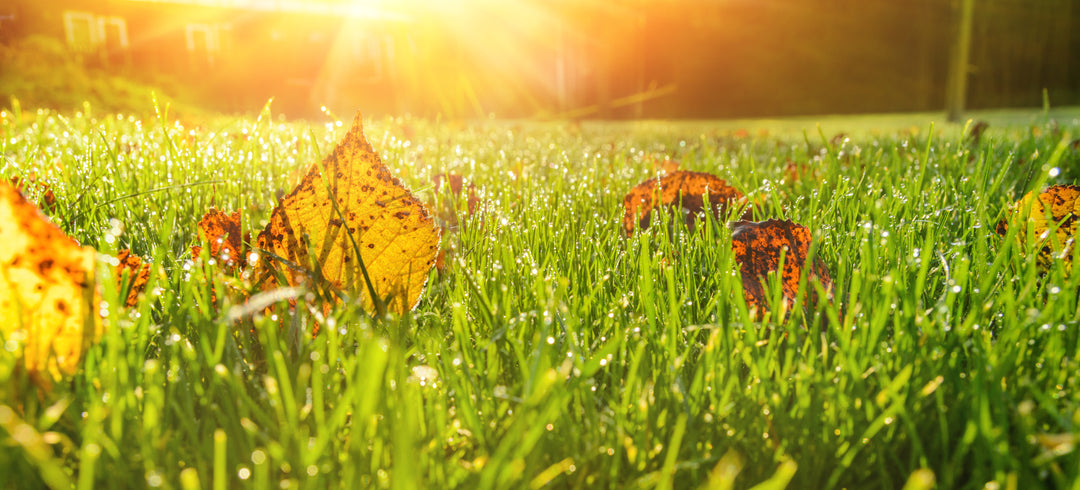Was east in the lawn: causes, consequences and what helps
It rains and the water is on the grass and does not flow? Then it is probably about booming. We explain where the causes are for the water accumulations and what you can do about it.
Causes of beads
An extent can be seen on puddles in the garden, muddy or mossy ground and despite good care of sickly acting plants. It arises when the leachate can not flow in the ground. Possible trigger for this are compactions of the soil or impermeable soil layers made of clay, clay or luff. Even obstacles in the ground such as roots or stones can affect the natural water process. A high groundwater level can also contribute to dam water. If the grass area is in a trough or on a slope, moisture can often not be optimally drained. One possible consequence is that the roots are not sufficiently oxygen and the soil is acidic due to excessive moisture.
follow
When water is stuck, this has fatal effects on the condition of the lawn. First, the plants on the lawn can no longer thrive properly. In acidic soil, the nutrient recording of the plants is considerably limited. The plants can no longer pull sufficient nitrogen from the earth and thrive worse. A lack of nitrogen can be seen on yellowish places on the leaves. Added damages due to missing iron, copper and zinc.
The plants are subsequently supplied and finally die. A superwater lawn must be loosened and prepared with substrates. The desert also affects the optics of the garden. The puddles and the wilt of grass make the lawn irritated. To avoid this, carefully worked while creating the lawn surface to avoid dam water in the garden.
Avoidance
An irrigation of the lawn can be avoided by sufficiently loosening the ground and freed from any obstacles that can block the water drain. A sufficiently loosened ground allows the water to flow down naturally. He also contributes to that the lawn grows better.
It is important to watch the lawn area carefully. Yellow places and humid stains on the lawn are first indications that a corrugation has formed in the grass area. With a moisture meter, the moisture can be measured in the ground. Alternatively, of course, with our Scratch A soil sample can be found. Only when the earth is dry, she should be poured. Especially with wet sensitive plants caution is required.
Tip: In the rain, a tarpaulin can be designed to avoid another moisture intake. Wet lawns should not be entered if possible, so that the ground does not dilate even more.
distance
If the lawn has already plagued by stowage water, he should not be poured at first. The floor should be with one Aerator Edited and filled with fine sand. The sand is best with one Level Rake Distribute, alternatively, the sand can also be faded with a broom. Through the aerification of the lawn, the root plant, rocks of the earth are dissolved in the earth and muddled points. The dam water, which is still on the grass area at this time, should then be well drained. If the right substrate is available, this should already be sufficient as a regulatory measure.
Bada: This is also important
However, the newly loosened grass area must still be well maintained.
The lawn area must also be poured as needed as needed. She should be enough wet, but not too wet. A lawn area that is prone to stowage water, must be poured extra carefully. Regular fertilize Additionally improves the grass structure.
Despite all prevention measures, dam water can occur, but when it is noted at an early stage - remove reliably. With our tips, the lawn floor remains vacant-free.
Contribution:© Sabine Schönfeld - Stock.adobe.com




